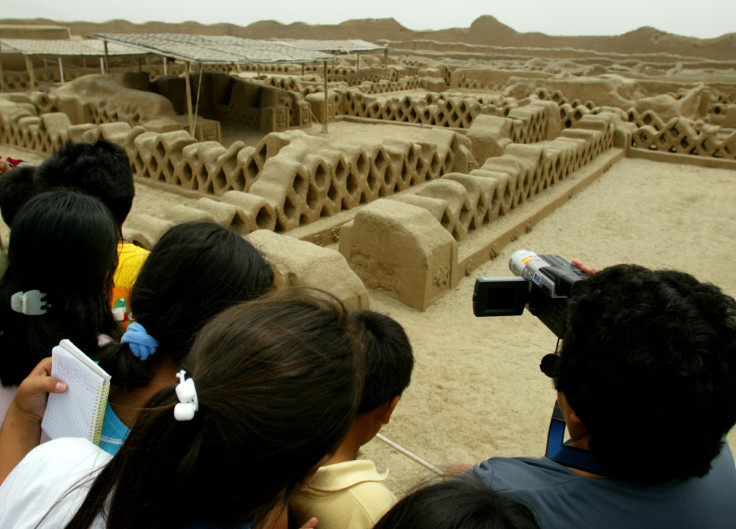Climate change: More frequent El Nino cycle damaging Peru's ancient ruins

Climate change could be damaging an ancient city in Peru as the El Nino weather cycle becomes more frequent.
A report from Vice News shows that Chan Chan, an ancient archaeological site which borders the coastal city of Trujillo, has been eroded over the years following battles with El Nino.
El Nino is a naturally occurring phenomenon that arrives every two to seven years. It affects parts of the world differently. For example, the last substantial El Nino was in 2010, leading to drought in Australia, blizzards and flooding in the US and a freezing winter in the UK.
For South America, however, it typically brings with it torrential rainfall, which Chan Chan is not designed for. This is exacerbated by the fact that global warming has increased the frequency of it.
Henry Gayoso, the man responsible for leading the project to give the ancient city more protection against the increasingly harsh conditions, told Alex Pashley of Vice News: "Before you waited 25 years. Now they repeat every three or four years. Global warming leads to irregular behaviour in temperatures, winds and climate."
However, Gayoso and his team have been working hard to protect Chan Chan against future weather phenomena.
Roofs have been erected, rain gutters installed and the mud walls have been reinforced as part of a $615,000 (£395,000) grant from the Peruvian government.
"We've worked on eight citadel walls and four temples to prevent their collapse and decay, and cleared drains that remove subterranean water and humidity," Gayoso added. "It's hard to avoid the reality that El Nino could strike and get out of hand, and so prevention is far better than cure."
© Copyright IBTimes 2025. All rights reserved.






















